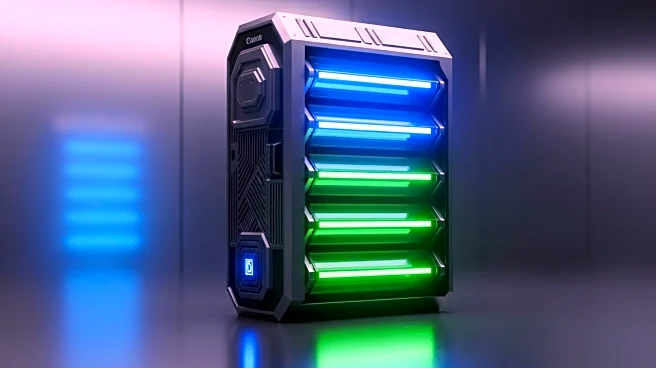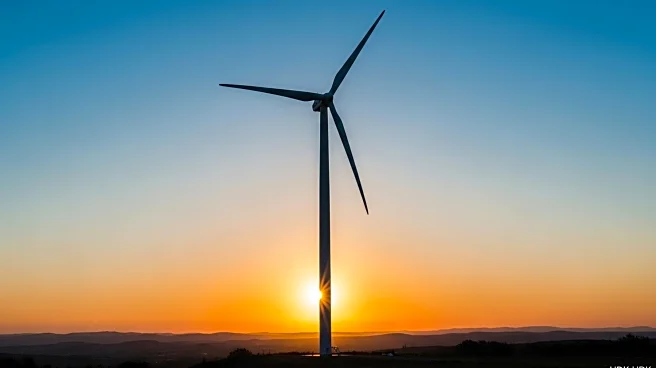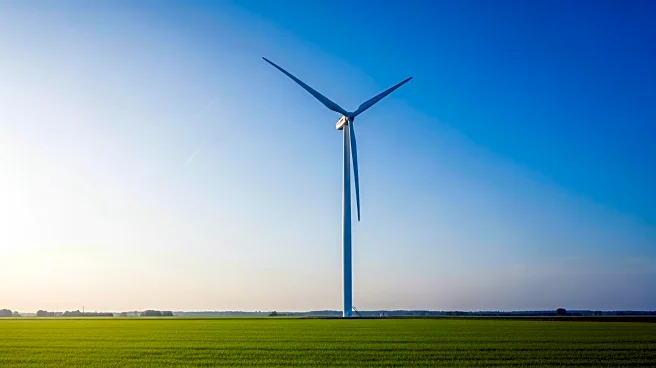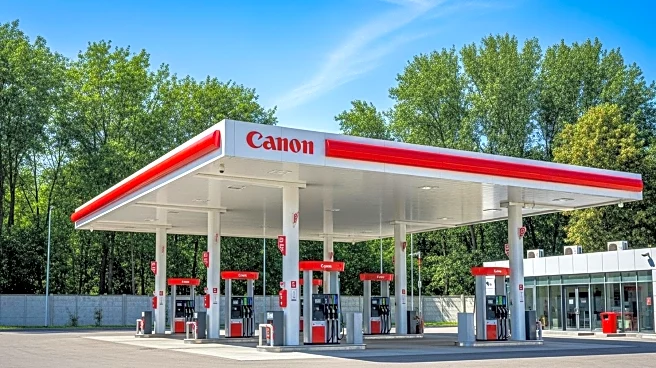What's Happening?
Utility-scale battery energy storage deployments in the U.S. reached a record 4.9 GW/15 GWh during the April to June quarter, marking a 63% increase year over year. This surge was reported by Wood Mackenzie and the American Clean Power Association in their quarterly joint report. The total U.S. energy deployments across various segments hit 5.6 GW/17.8 GWh, setting a record for any quarter. Despite the strong performance in 2025, the report anticipates a decline in utility-scale deployments in 2026 due to unfavorable federal policy changes, particularly concerning foreign battery material sourcing. The market remains concentrated in states like California, Texas, and Arizona, which accounted for 75% of the capacity installed during the second quarter.
Why It's Important?
The record levels of utility-scale battery storage deployments highlight the growing demand for energy storage solutions in the U.S. as the power grid faces rising load forecasts. States with favorable storage policies and high load growth are expected to be strong markets for utility-scale storage. However, the anticipated downturn in 2026 due to policy changes could impact the growth trajectory of the industry. The restrictions on foreign battery material sourcing and global trade uncertainties pose challenges for future deployments. Despite these headwinds, the residential market may benefit from favorable treatment for third-party owned solar and storage systems, potentially boosting capacity and installations through 2029.
What's Next?
The U.S. energy storage market is expected to reach 19 GW/52.5 GWh this year, but a 12% decline is anticipated in 2026. The market will need to navigate new restrictions on equipment sourcing and ongoing global trade uncertainties. Emerging ownership and financing models could support the growth of residential solar and storage over the next few years. Companies like Enphase and Sunrun are exploring non-ownership financing models to drive growth in a post-OBBBA world. The focus will be on states with favorable policies and high load growth to sustain the momentum in utility-scale storage deployments.
Beyond the Headlines
The shift in focus towards distributed energy resources, such as residential and commercial batteries, reflects a broader trend in the energy sector. These resources can be networked into dispatchable virtual power plants, offering faster and lower-cost deployment compared to traditional utility-scale generators. The One Big Beautiful Bill Act's favorable treatment for third-party owned systems could further enhance the residential market. The diversification of the energy storage market beyond traditional regions like California and Texas indicates a growing acceptance and demand for storage solutions across the U.S.












